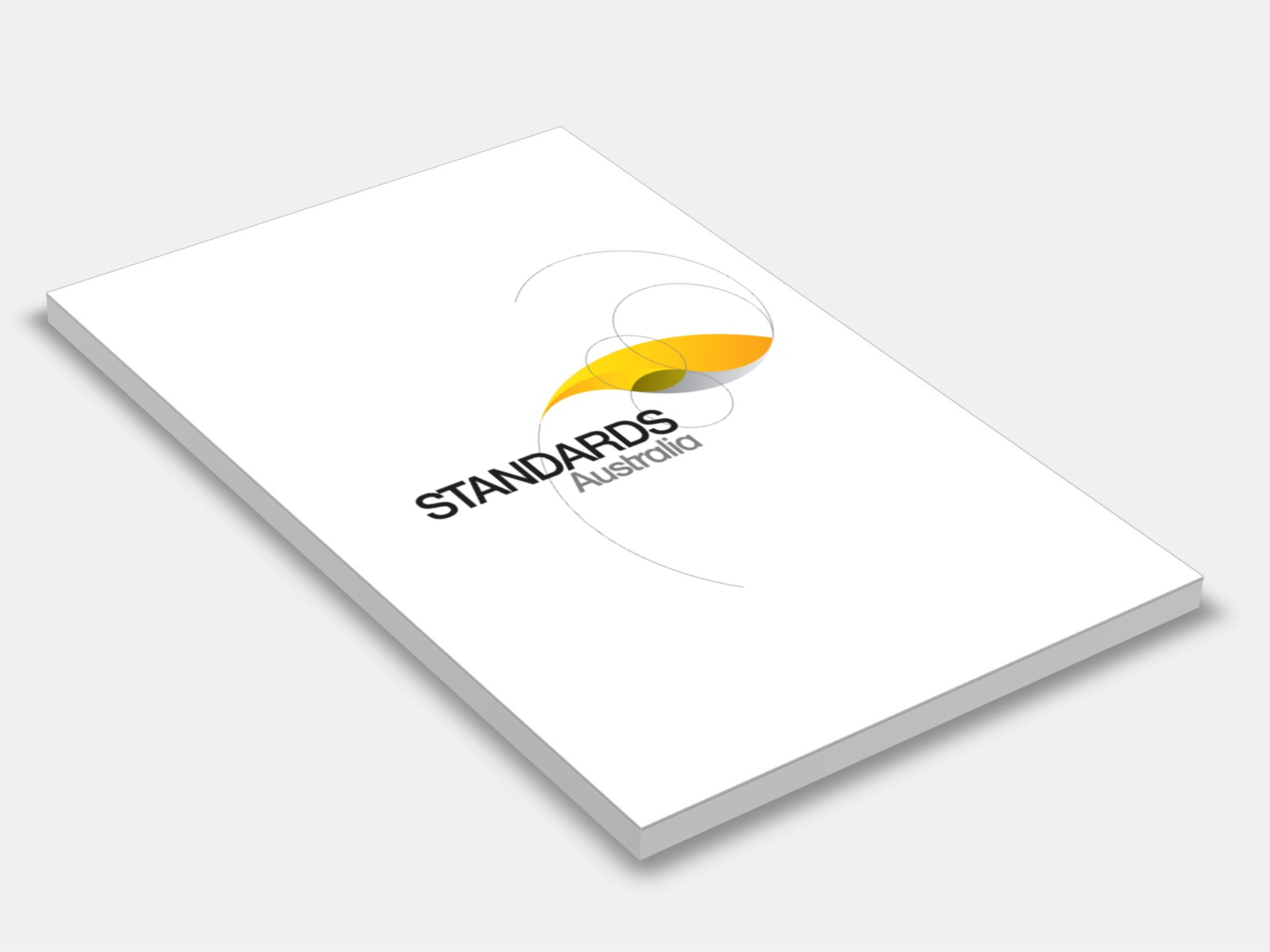
Type
Publisher
Standards Australia/Standards New Zealand
Publisher
Standards Australia/Standards New Zealand
Version:
First Edition 1998.
(Current)
Short Description
Sets out a test method for the determination of ignitability, heat release rates, mass loss rates, effective heat of combustion and smoke release of materials and products when exposed to controlled levels of radiant heating.
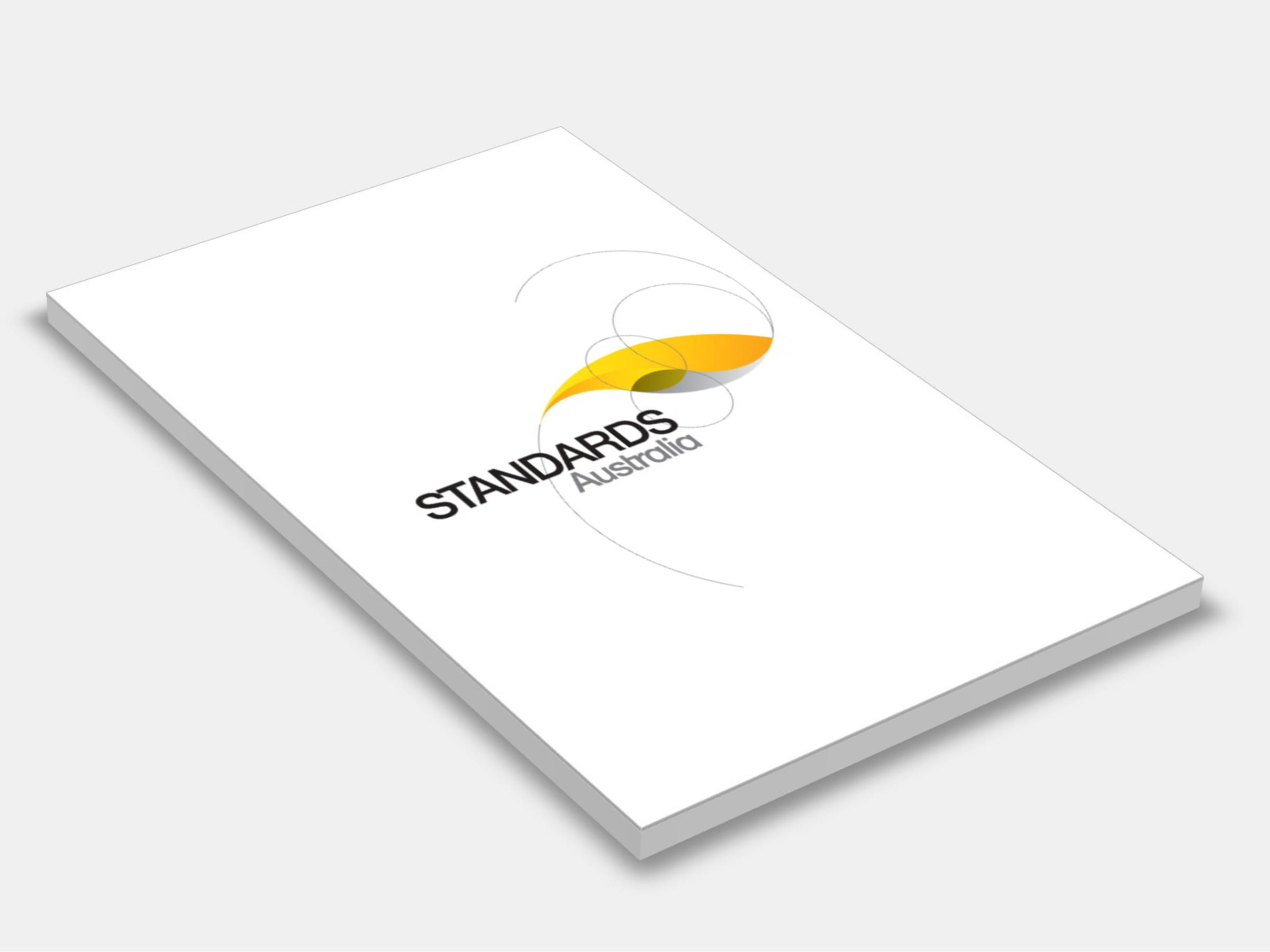
Type
Publisher
Standards Australia/Standards New Zealand
Publisher
Standards Australia/Standards New Zealand
Version:
First Edition 2010.
(Current)
Short Description
Provides requirements and guidance for the design of stand-alone power systems with energy storage at extra-low voltage and used for the supply of extra-low and/or low voltage electric power in a domestic situation.
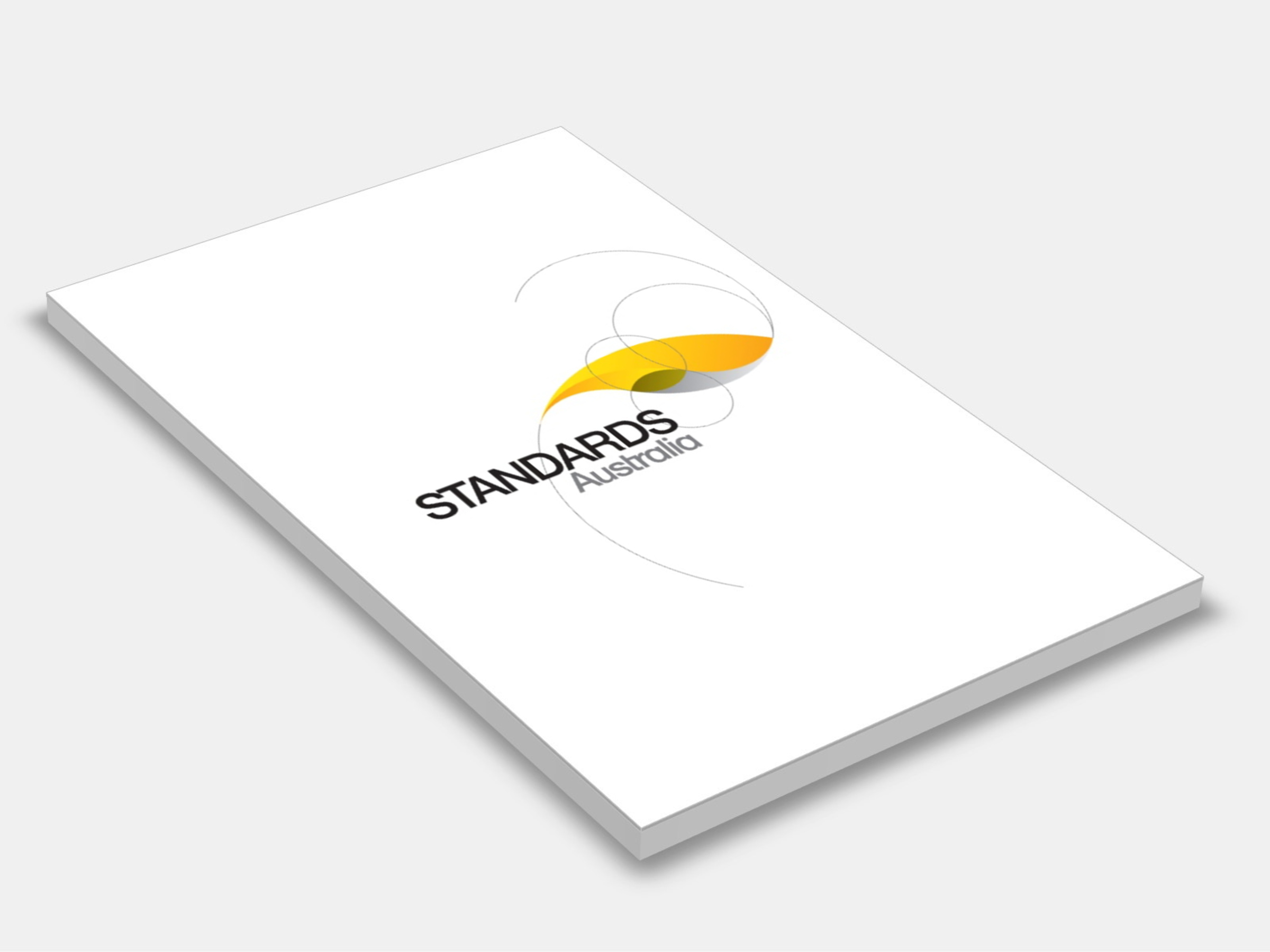
Type
Publisher
Standards Australia/Standards New Zealand
Publisher
Standards Australia/Standards New Zealand
Version:
First Edition 2019.
(Current)
Short Description
Specifies requirements for general installation and safety requirements for battery energy storage systems (BESSs), where the battery system is installed in a location, such as a dedicated enclosure or room, and is connected with power conversion equipment (PCE) to supply electric power to other parts of an electrical installation.
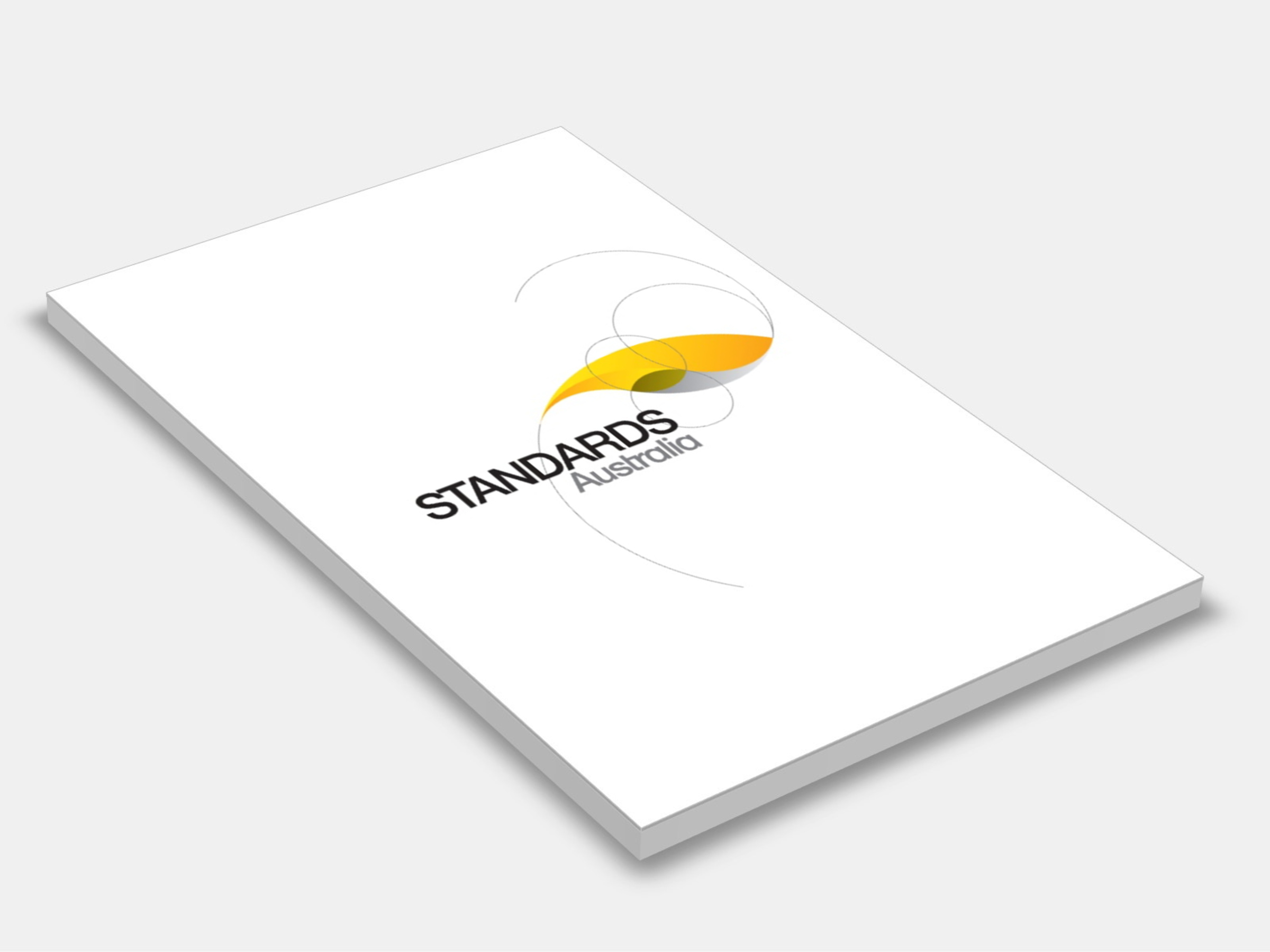
Type
Publisher
Standards Australia/Standards New Zealand
Publisher
Standards Australia/Standards New Zealand
Version:
First Edition 2009.
(Current)
Short Description
Sets out safety and installation requirements for stand-alone power systems used for the supply of extra-low (ELV) and/or low voltage (LV) electric power to a single load, or an electrical installation in a single residence or building, or a group of residences or buildings and associated items with switchboards to AS/NZS 3000 requirements.
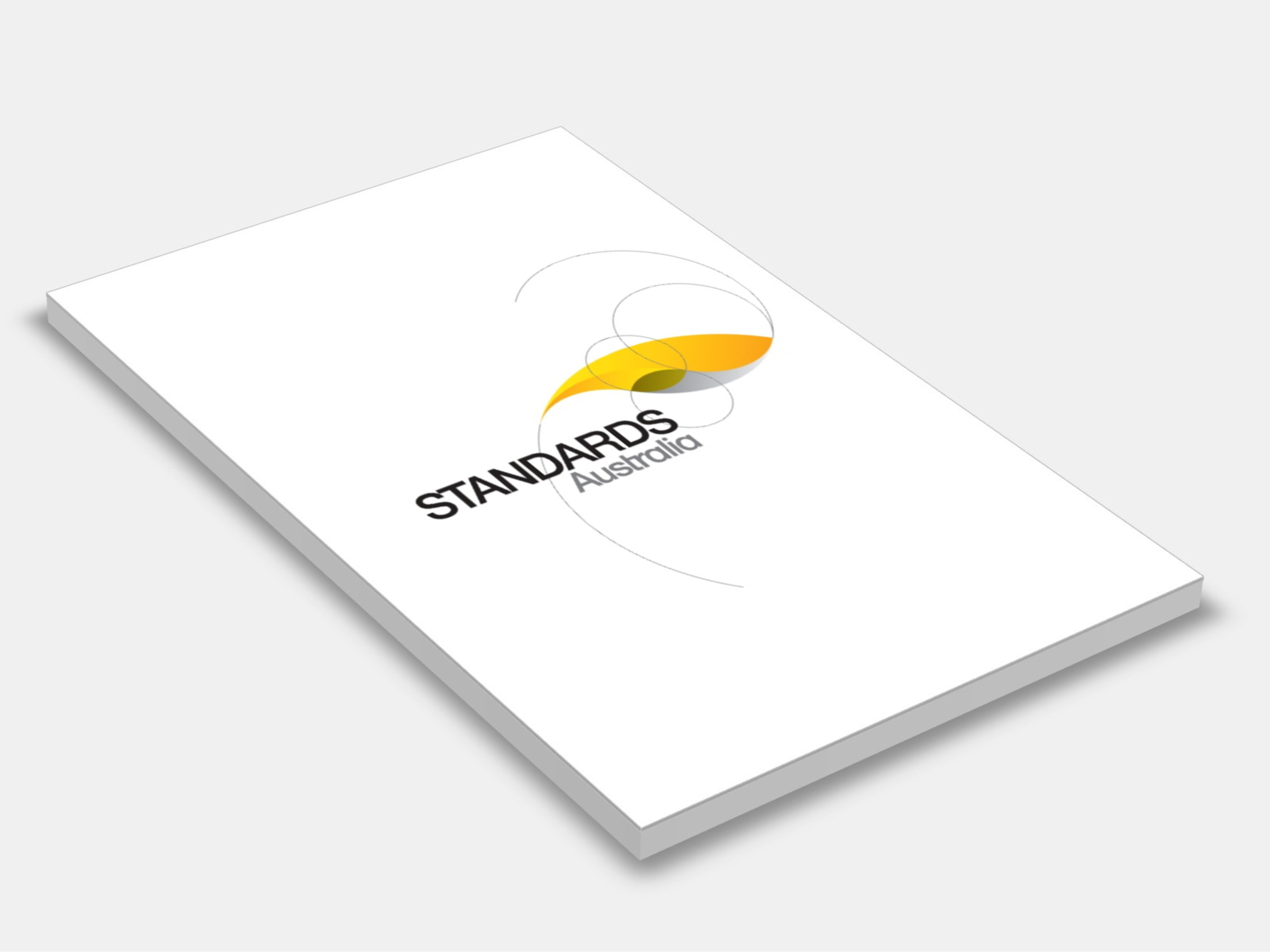
Type
Publisher
Standards Australia/Standards New Zealand
Publisher
Standards Australia/Standards New Zealand
Version:
First Edition 1999.
(Current)
Short Description
Describes a single test method for grading building materials on the basis of ignition tendency, flame spread, heat development and tendency to produce smoke.
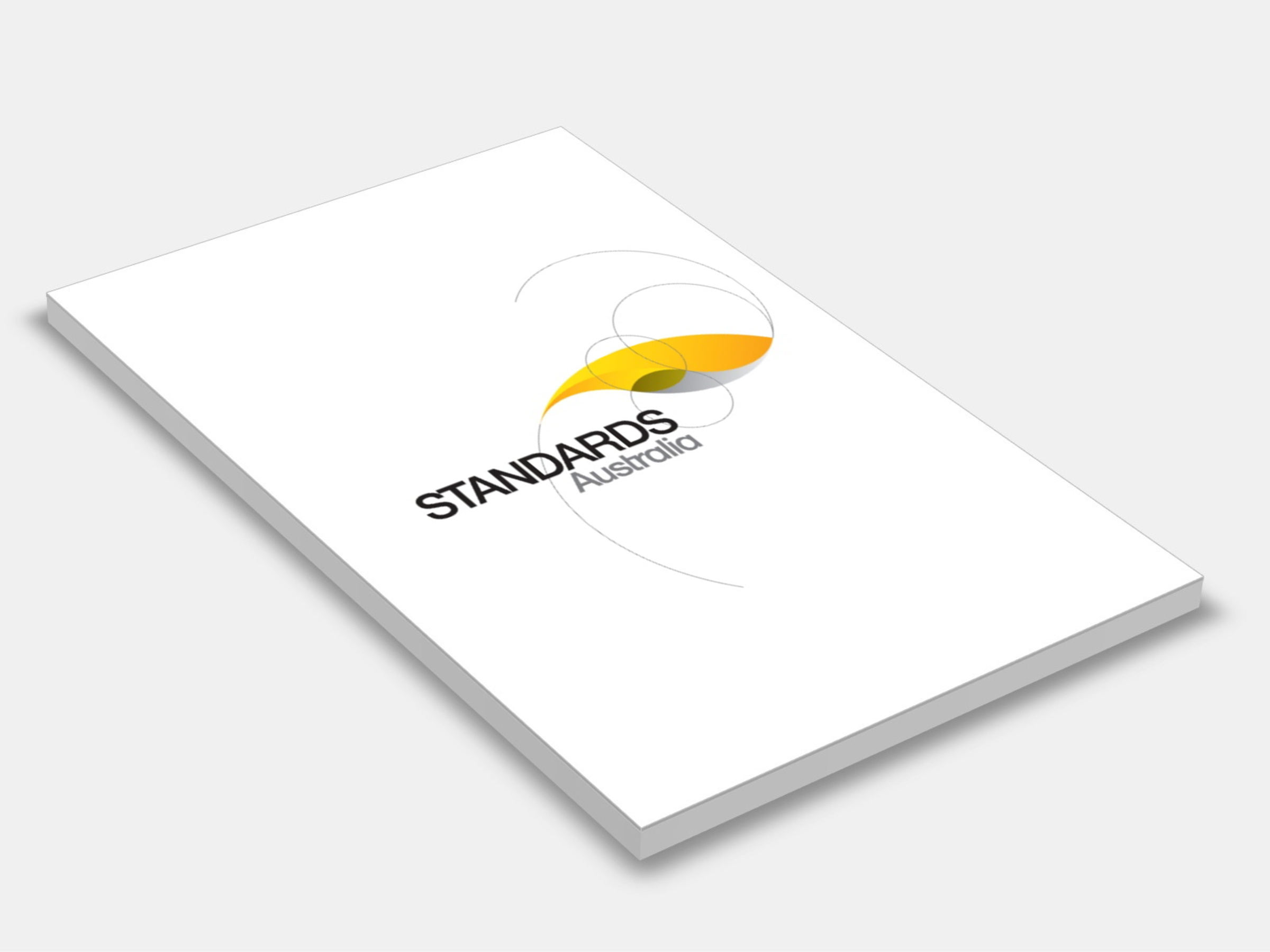
Type
Publisher
Standards Australia/Standards New Zealand
Publisher
Standards Australia/Standards New Zealand
Version:
Fourth Edition 2021.
(Current)
Short Description
Sets out general installation and safety requirements for electrical installations of PV arrays, including d.c. array wiring, electrical protection devices, switching and earthing provisions.
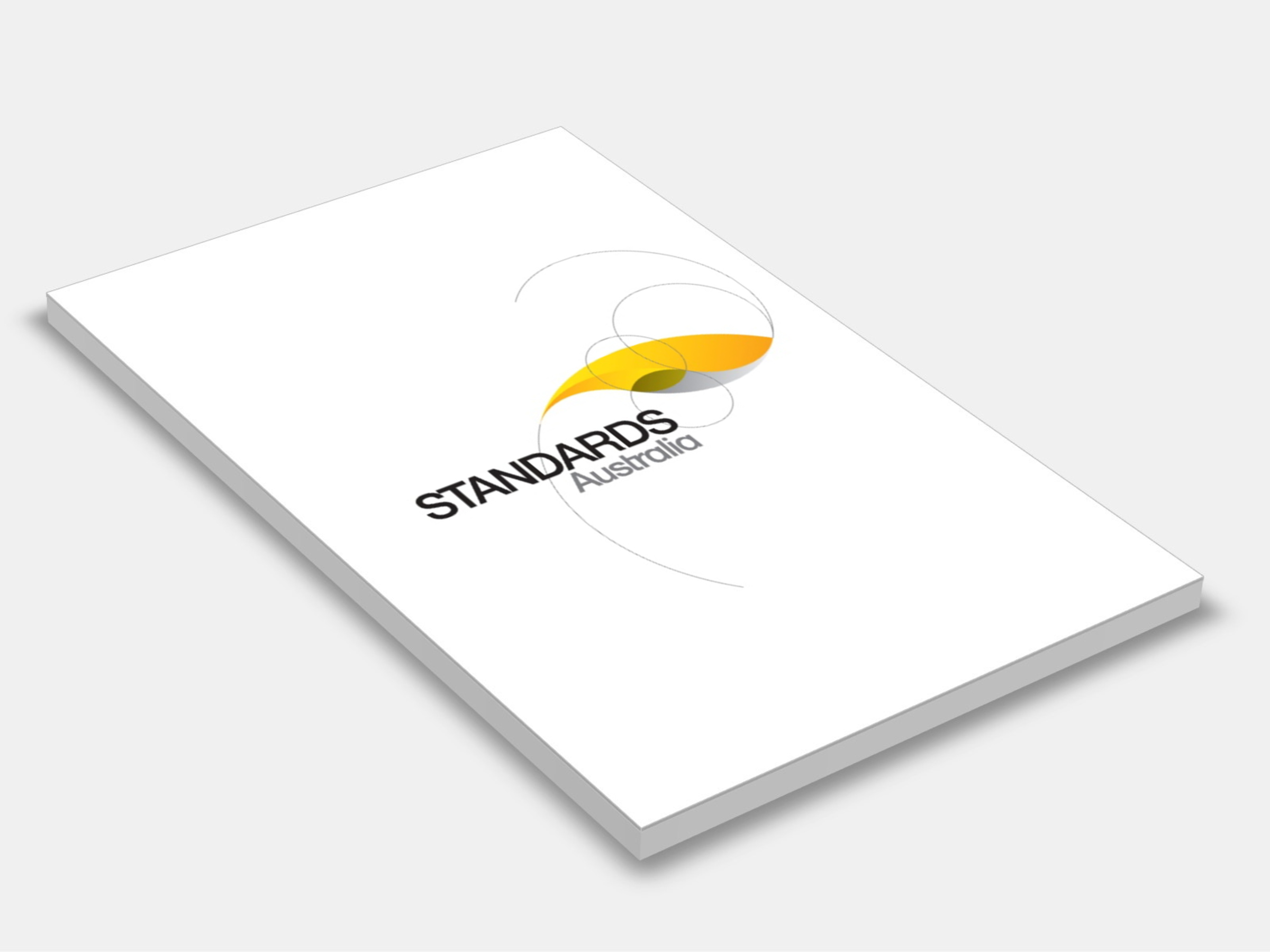
Type
Publisher
Standards Australia/Standards New Zealand
Publisher
Standards Australia/Standards New Zealand
Version:
First Edition 2016.
(Current)
Short Description
Specifies the electrical and general safety installation requirements for inverter energy systems (IES) up to or equal to 200kVA for the injection of electric power to an electrical installation connected to the grid at low voltage.

Type
Publisher
Standards Australia/Standards New Zealand
Publisher
Standards Australia/Standards New Zealand
Version:
Third Edition 2018.
(Current)
Short Description
AS NZS 3000 2018 (known as the Australian/New Zealand Wiring Rules) specifies requirements for the design, construction and verification of electrical installations, including the selection and installation of electrical equipment forming part of such electrical installations; part 1 provides provisions that constitute the minimum regulatory requirements for a safe electrical installation; part 2 provides work methods and installation practices that are ‘deemed to comply’ with the requirements of Part 1.